Mineral collecting is a rewarding hobby that combines science, art, and nature. Proper care and cleaning of your mineral collection ensure its longevity, aesthetic appeal, and scientific value. In this guide, we will discuss the essential techniques and tools for cleaning and preserving your minerals while maintaining their natural beauty.
Table of contents / Jump to
Why Cleaning and Caring for Minerals Matters
Tools and Materials for Cleaning Minerals
Steps for Cleaning Minerals
Storing and Preserving Your Collection
Special Considerations for Rare or Delicate Minerals
Conclusion
Why Cleaning and Caring for Minerals Matters
Minerals are formed through natural processes over millions of years, making them unique and valuable. However, improper handling, cleaning, or storage can damage their structure, reduce their value, or alter their appearance. By following the right care practices, you can keep your collection pristine for years to come.
Tools and Materials for Cleaning Minerals
Before you start cleaning your minerals, gather the following tools and materials:
- Soft brushes (e.g., toothbrushes or paintbrushes) for delicate cleaning
- Distilled water to avoid mineral deposits
- Mild detergents for gentle cleaning
- Acids (e.g., hydrochloric acid or oxalic acid) for stubborn deposits (use with caution)
- Dental picks or bamboo sticks for removing debris in crevices
- Rubber gloves and safety goggles for protection
- Compressed air or air blowers for dust removal
- Ultrasonic cleaners for hard-to-reach areas (only for certain minerals)
Steps for Cleaning Minerals
1. Assess Your Mineral
Before cleaning, identify the type of mineral you are working with. Some minerals, such as calcite or fluorite, are soft and can be easily scratched or dissolved. Others, like quartz, are hard and more resilient. Research your mineral’s properties to choose the appropriate cleaning method.
2. Begin with Dry Cleaning
Start with the gentlest methods to avoid unnecessary damage:
- Use a soft brush to remove loose dirt and dust.
- Blow away fine particles with compressed air.
- For fragile specimens, use a soft cloth or a microfiber pad.
3. Wet Cleaning Techniques
If dry cleaning is insufficient, move to wet cleaning:
- Rinse the mineral under lukewarm distilled water.
- Use a soft brush and mild detergent to clean tougher stains. Avoid scrubbing too hard.
- For minerals with stubborn deposits, soak them in distilled water for several hours.
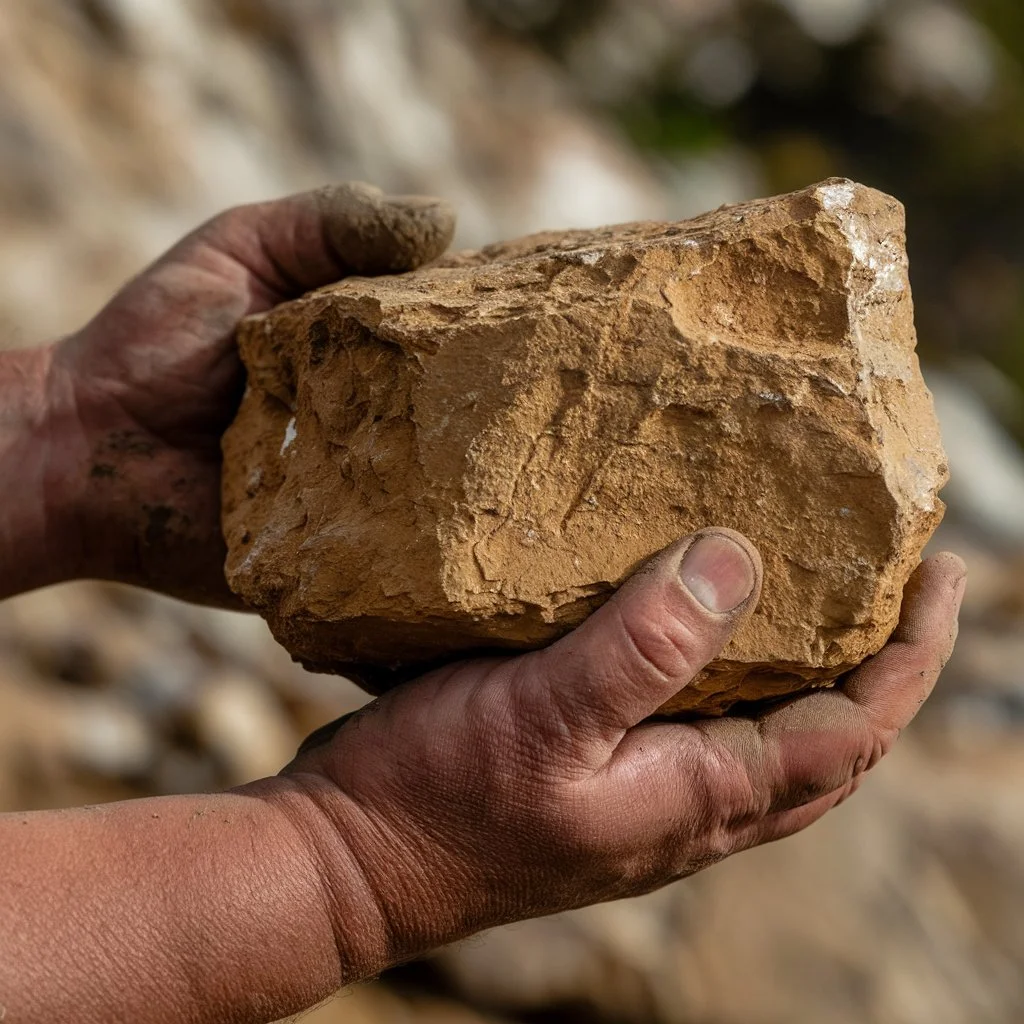
4. Chemical Cleaning
For minerals with stubborn stains like iron oxide or calcite deposits, chemical cleaning may be necessary. Follow these tips:
- Use hydrochloric acid to dissolve calcite or lime deposits. Rinse thoroughly afterward.
- Remove rust stains with oxalic acid. Soak the mineral in a diluted solution and monitor closely.
- Always wear gloves and goggles when working with acids, and work in a well-ventilated area.
5. Drying and Polishing
After cleaning:
- Pat the mineral dry with a soft towel.
- Air dry in a shaded area to avoid discoloration.
- Polish with a soft cloth for added shine, but avoid polishing soft or fragile minerals.
Storing and Preserving Your Collection
Proper storage is crucial to maintaining your minerals’ quality. Follow these storage tips:
1. Use Appropriate Display Cases
- Opt for glass or acrylic cases to protect your collection from dust and handling.
- Avoid direct sunlight to prevent fading or discoloration.
2. Maintain Stable Conditions
- Keep your minerals in a cool, dry environment.
- Avoid areas with high humidity, which can promote corrosion or mineral deterioration.
3. Label Your Specimens
- Use acid-free labels to document the name, location, and date of collection.
- Attach labels outside the storage case to prevent contact with the minerals.
4. Handle with Care
- Always handle minerals with clean, dry hands or use gloves.
- Support fragile specimens from underneath to prevent breakage.
Special Considerations for Rare or Delicate Minerals
Some minerals require extra care due to their fragility or sensitivity. For example:
- Selenite: Clean gently with a soft brush and avoid prolonged water exposure, as it is water-soluble.
- Pyrite: Store in a low-humidity environment to prevent tarnishing or oxidation.
- Opals: Keep in a stable humidity environment to avoid cracking.
Conclusion
Caring for your mineral collection is essential to preserving its beauty and value. By understanding the unique properties of each mineral and following the proper cleaning and storage techniques, you can enjoy your collection for years to come. Whether you are a seasoned collector or just starting, these tips will help you maintain a stunning and scientifically valuable assortment of minerals.
For more tips and high-quality minerals to enhance your collection, visit our website today or contact us!

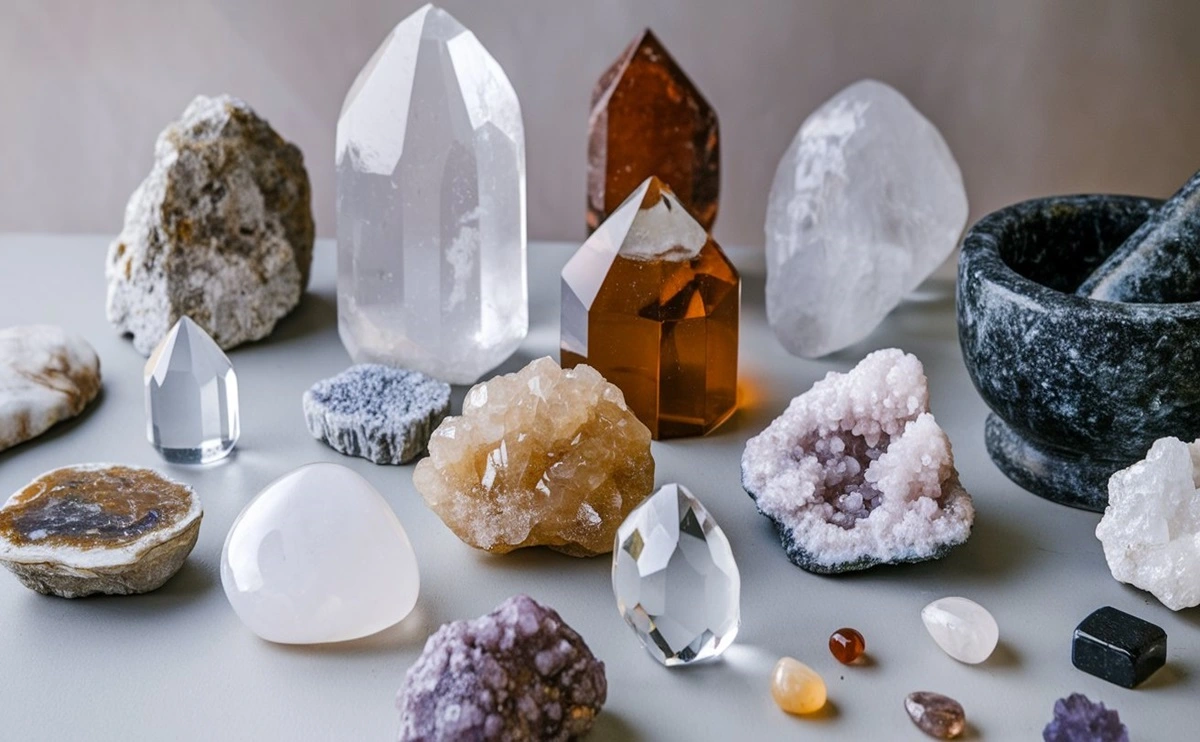
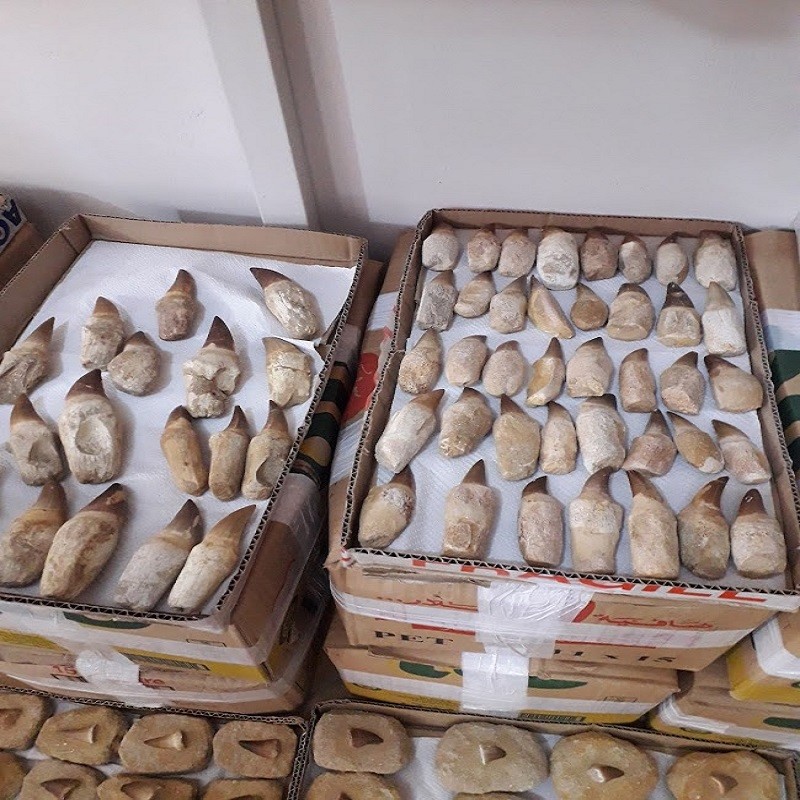
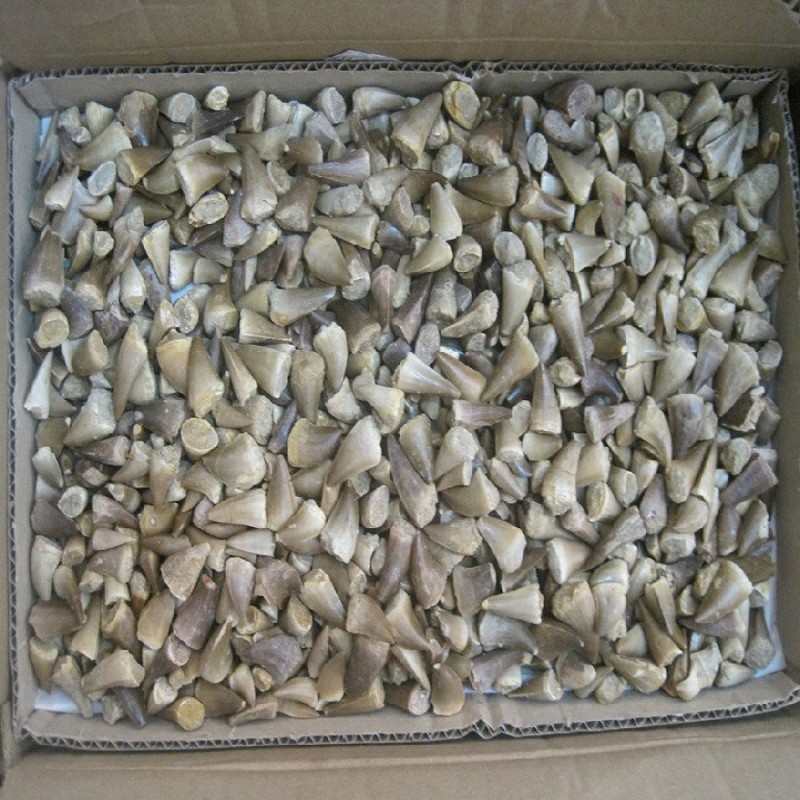
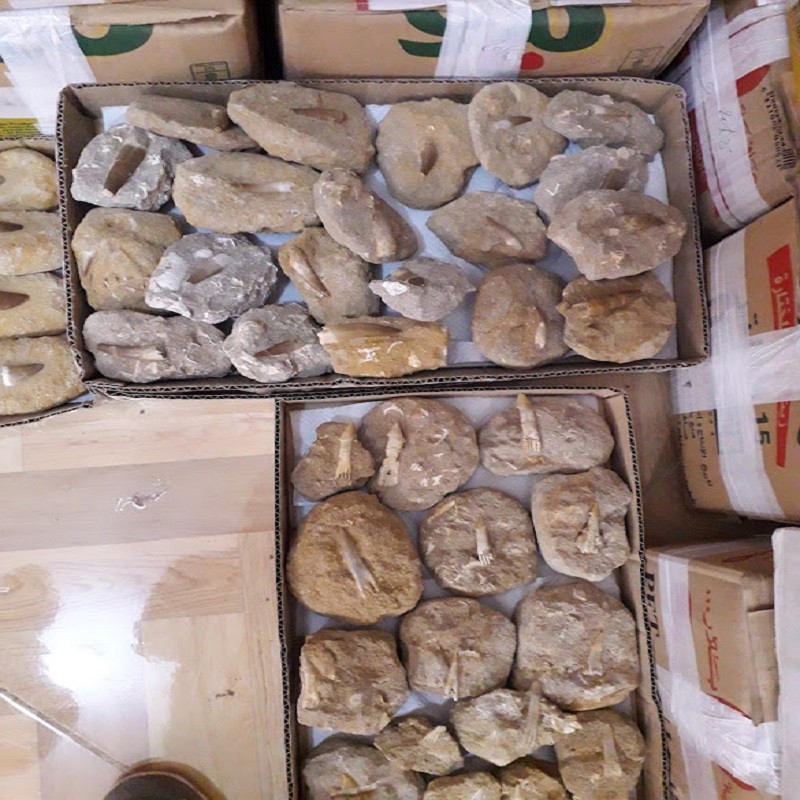
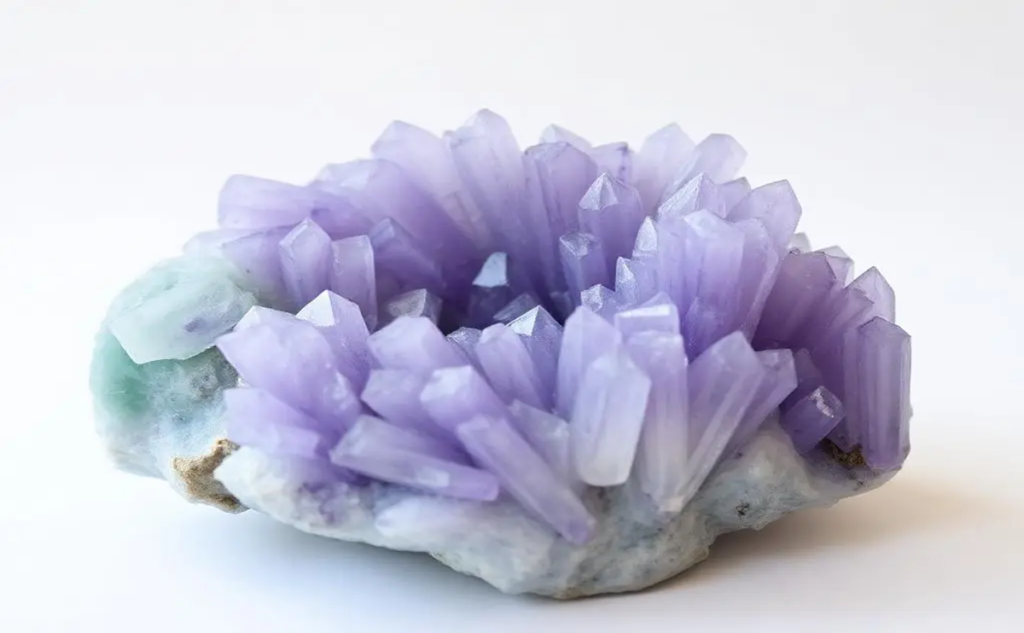
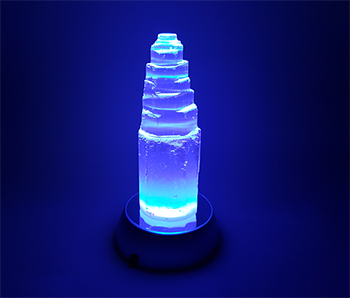
hjhujg